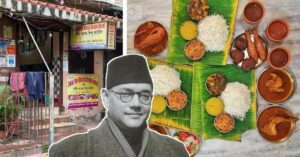The Forgotten ‘Rani Ma’ of Farmers Who Was Once Set to Represent India at Olympics
Ila Mitra, once a promising athlete in undivided Bengal, would soon don the role of Rani Ma, a leader in the Tebhaga Uprising, who led thousands of farmers for their right to keep their hard earned harvest.
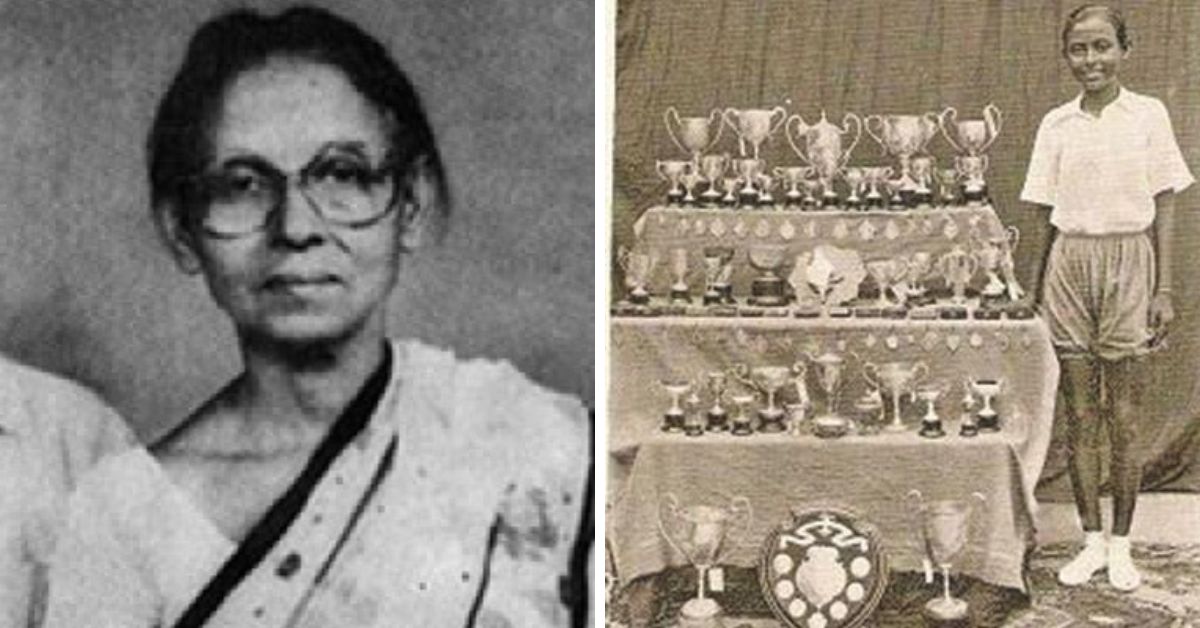
Trigger warning: This story contains mentions of sexual assault, abuse
In her childhood, Ila Mitra was a recurring face in local Bengali dailies for her achievements as an athlete. Born to a well-to-do family, she was encouraged from a young age by her father to pursue her dream to be an acclaimed sportswoman in undivided India.
For a while, it seemed like that was indeed where her future would head, given that in 1940, she was qualified to compete in the Olympics.
Instead, fate would have it another way, and her life took a surprising pivot.
In the history of undivided Bengal, Ila is better recognised today as Rani Ma, or queen mother, of peasant farmers in the region, and for her monumental role in the Tebhaga Uprising. Hers is a story that’s turbulent, heartbreaking, and inspiring at the same time. And above all, worthy of being told and heard.
Ila’s promising athletic career
Born in 1925 in Calcutta (Kolkata), Ila was the eldest of six children. Her father, Nagendranath Sen, the Accountant General of Bengal, encouraged her to engage in basketball, swimming, and track. From 1937 onwards, she was a well-recognised name in the region for her sports abilities.
It is said that the proud father would take her for swimming practice and escort her to several track competitions all through the city, while managing his office schedule. He even kept a scrapbook of her achievements, filled with newspaper clippings that celebrated her.
In 1937 and 1938, she earned junior championship titles for girls in Bengal from the sports club Jatiya Juba Sangha. Counted among the best athletes of the Bengal presidency, she had collected over 47 trophies by this time.
Her big break was to come in 1940 when the world was preparing for the 12th Olympics. Ila was 15 and being considered for the contingent that would represent British India. However, this golden opportunity would never arrive — the games were cancelled owing to World War II.
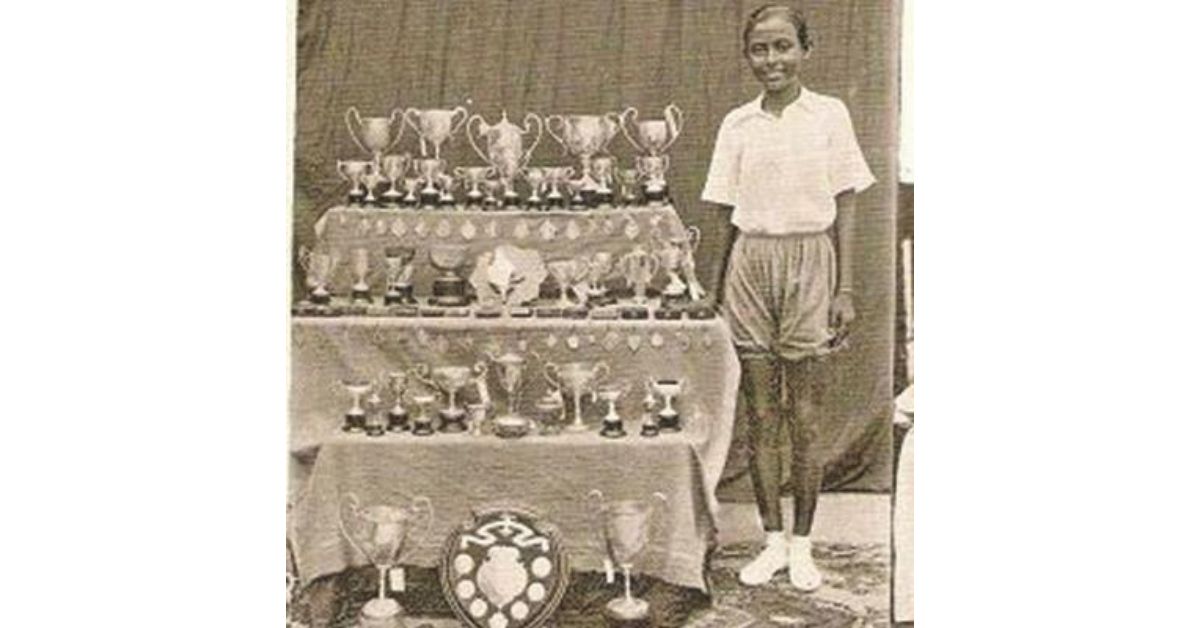
Meanwhile, after completing her schooling from Bethune School, Ila went on to pursue a degree from Bethune School. Shortly thereafter, her marriage was arranged to Ramendranath Mitra, who belonged to a zamindar family and worked with the Communist Party of India.
“When I got admission in Bethune College, I joined the Girl Students Committee — there we began to discuss Marxism,” Ila said in Kavita Panjabi’s book Unclaimed Harvest. “We did this secretly. Gradually, through my relief work, I became a party member.”
She joined the Communist Party of India’s (CPI) Mahila Atma Raksha Samiti (MARS), which was formed in 1942 to protect women from being trafficked to Allied Forces’ soldiers. Their work slowly extended to issues like hunger, poverty, and gender-based violence.
Throughout the 1940s, there were also several reports of food shortage and rising prices for essentials. But the British government was expending all its resources and efforts on the war. In 1942, a deadly cyclone hit Medinipur, making matters worse. Between 1943-44, the official death toll had reached three million.
All these events further influenced Ila, who was also ably supported by her husband, who, despite his background, understood well the plight of peasant workers under the firm grip of landlords.
A leader for all of Bengal
Meanwhile, in 1943, a devastating famine ravaged the Bengal region leaving millions dead due to starvation, poverty, malnutrition, and lack of healthcare.
As the population reeled from its effects, Ila and her husband worked closely with peasants and members of the santhal community, living among them to understand their conditions better. They mobilised them to pay only one-third (tebhaga) of the harvest to landlords instead of half, which was the norm. This went a long way in safeguarding against hunger and poverty.
This would form a larger part of the Tebhaga Movement, an integral uprising in undivided Bengal that saw the coming together of landless labourers, artisans, and members of the tribal community to secure two-thirds share of their crop and reduce the rent they paid to jotedars, or wealthy farmers.
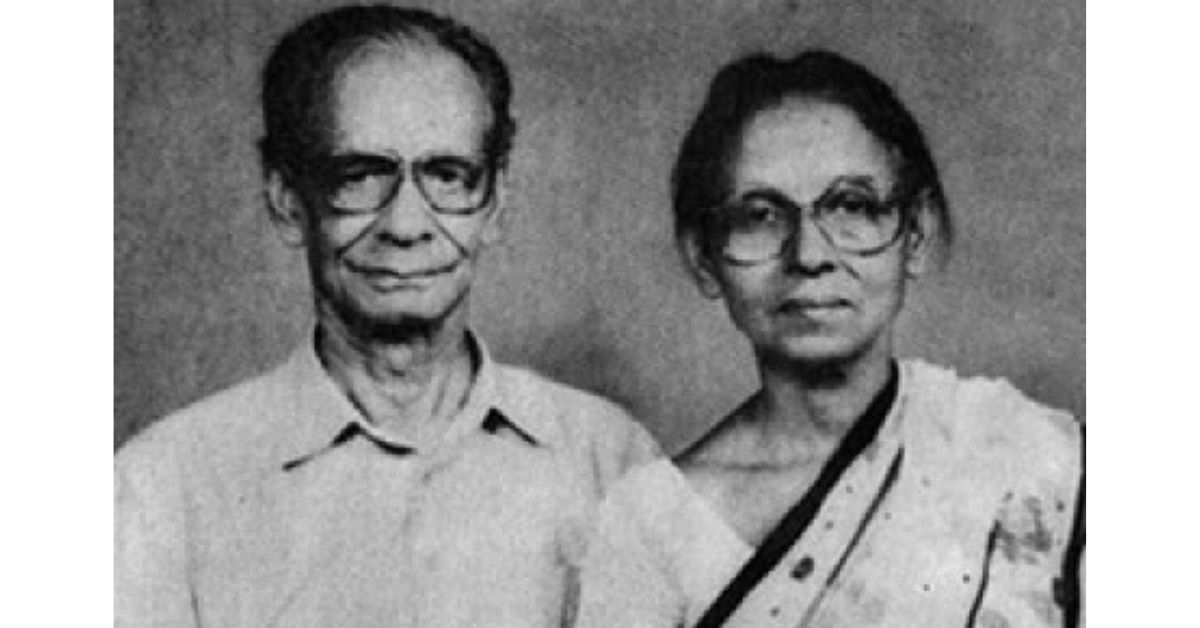
Under the leadership of the Kisan Sabha (a peasant front of the CPI), thousands upon thousands of landless workers and farmers mobilised to call for tebhaga. As workers began taking their harvest back home instead of handing them over to jotedars, police action was called for, and violence broke out across several Bengal districts.
The uprising was quelled by authorities and the police within a year, without any legislative outcome or changes. However, it is said that about 40 per cent of peasants were able to secure tebhaga rights.
In 1950, Ila organised a peasant and Santhal uprising in Nachole. Police were sent to thwart the protest, but things turned violent and four policemen were killed. Ila escaped with the other peasants, dressed as a Santhal herself. But at the Nachole railway station, an officer noticed the watch on her wrist and arrested her.
In lockup, she underwent brutal torture. In A History of Bangladesh, history professor Willem van Schendel wrote, “[The] 24-year-old woman found herself being interrogated, tortured, and raped by polce in the western district of Rajshahi [Bangladesh].”
She was offered no food or water, and the policemen beat her with the butt of their rifles, smashing her legs with their lathis. They also reportedly inserted foreign objects in her, and kicked her in the stomach till she lost consciousness.
This level of torture continued for four days, until Ila was transferred to the Nawabganj jail. The jail warden there arranged for a doctor to see her, and she finally received medical treatment.
Her 1951 testimony of being raped was published in a pamphlet that inspired people from East Bengal to protest. Poets like Subhas Mukherjee and Ghulam Khuddus wrote poetry in her name.
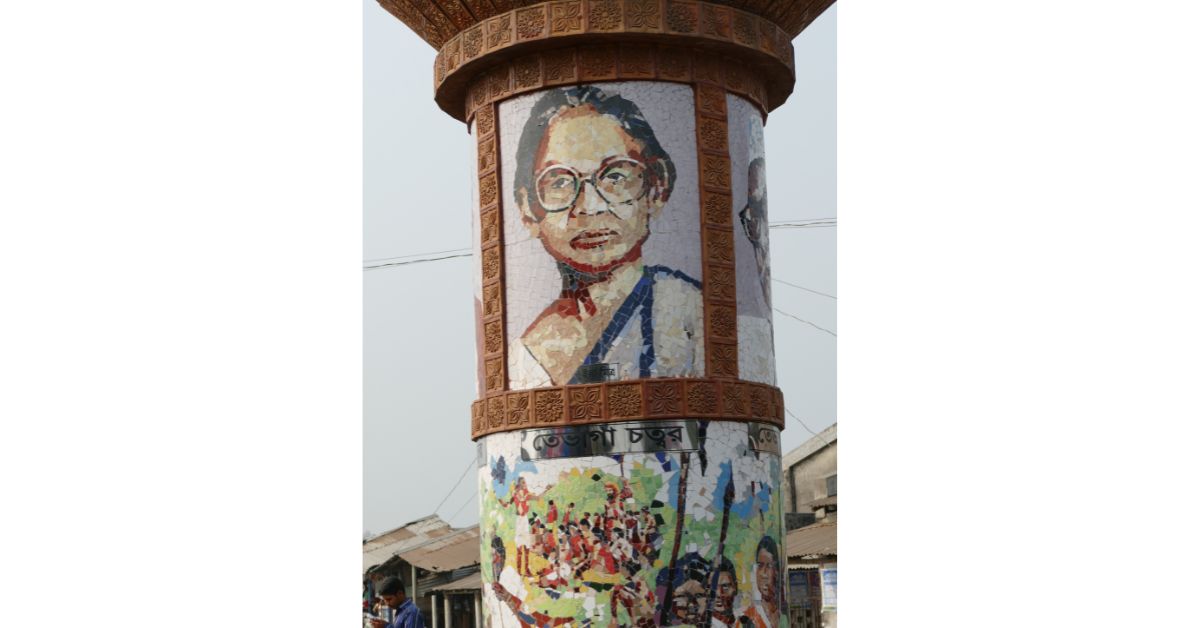
She couldn’t be held guilty of the murders because of lack of evidence, but was sentenced to seven years in jail for causing the violence that led to the death of the four policemen. She remained in jail till 1954.
Leaving behind a unique legacy
Suffering from ill health owing to her time in jail, Ila slowly began rebuilding her life once released. By 1962, she completed a Masters in Bangla literature and culture from the Calcutta University, and got a job as a teacher in the Sivanath Sastri College. She had also won an election from the Maniktala constituency and became MLA, which she represented till 1977.
“She remained unfazed,” recalls her son Ronendranath. “She went to the party office every afternoon after college, scolded the office bearers often, and held forth at home about everything the party was doing wrong. It was never about herself.”
Meanwhile, her son Ritendranath Mitra recalled, “She believed she had survived the torture she faced because of her fitness.”
Although her career as an athlete had ended years prior, sports always remained close to her heart, even days before her passing in 2002.
“Thakma (paternal grandmother in Bengali) would wake me really early, kaak bhorey — as we call that time of dawn when no one is awake except the crows — to go swimming with me at Anderson Club. Till a few days before she passed, this was her routine — she swam and exercised every morning,” her grandson recalled.
“In the 90s, when I was growing up, thakma was not a prominent name. It was much later that I realised her legacy was unique,” he added.
Edited by Divya Sethu
Sources:
Athlete Ila Mitra missed the 1940 Olympics, but became an indomitable peasant leader by Sohini Chattopadhyay, The Hindu, 3 August 2021
Ila Mitra — The Athlete And Revolutionary Tebhaga Andolan Leader | #IndianWomenInHistory by Madhulagna Halder, Feminism in India, 7 February, 2022
ILA MITRA: A PERSONAL REMINISCENCE by bangalnama, Marxist Indiana, 21 September 2008
The story of Ila Mitra by The Economic Transcript, 18 October 2021
van Schendel, W. (2020). A History of Bangladesh. United Kingdom: Cambridge University Press.
If you found our stories insightful, informative, or even just enjoyable, we invite you to consider making a voluntary payment to support the work we do at The Better India. Your contribution helps us continue producing quality content that educates, inspires, and drives positive change.
Choose one of the payment options below for your contribution-
By paying for the stories you value, you directly contribute to sustaining our efforts focused on making a difference in the world. Together, let's ensure that impactful stories continue to be told and shared, enriching lives and communities alike.
Thank you for your support. Here are some frequently asked questions you might find helpful to know why you are contributing?


This story made me
-
97
-
121
-
89
-
167






